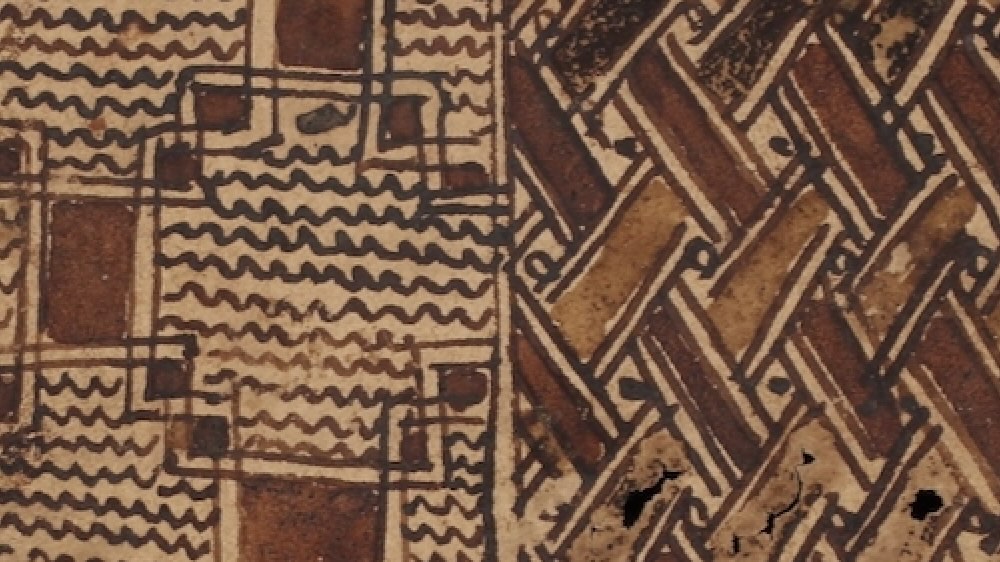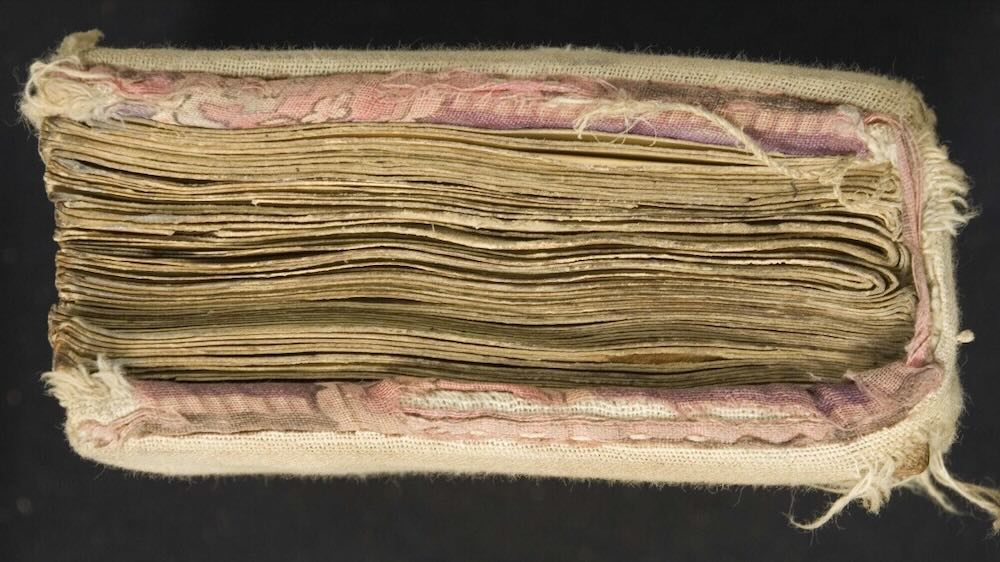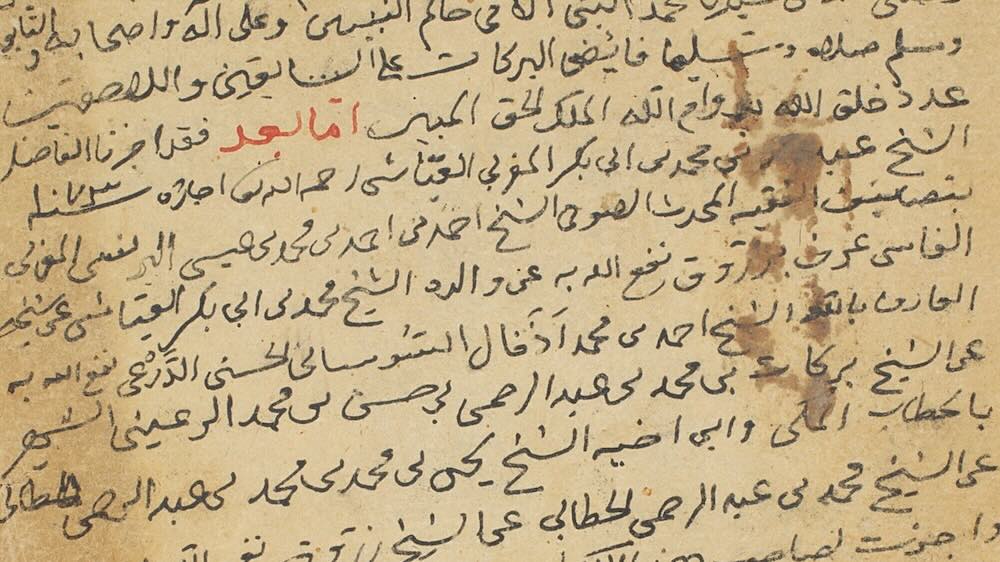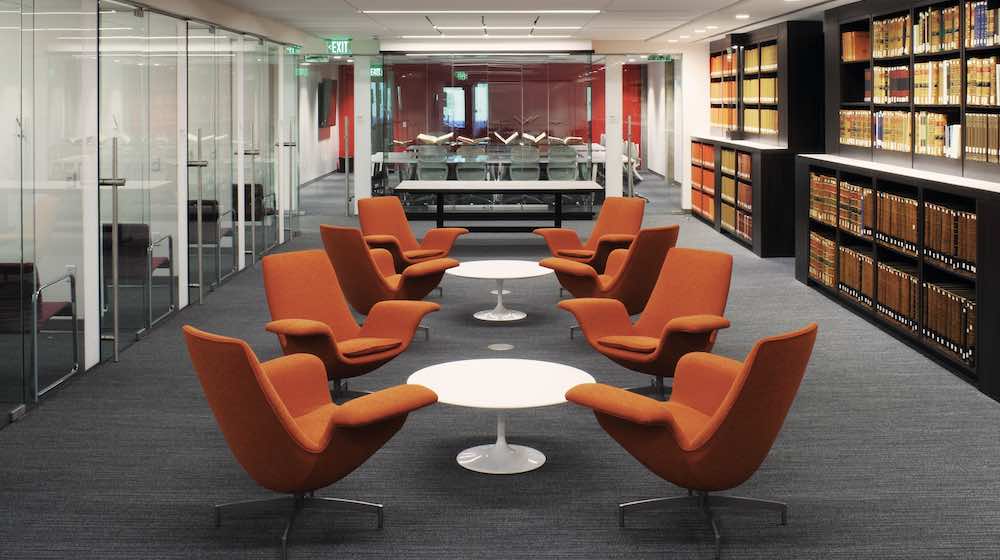Instruments Of Grace And Judgement
Instruments of Grace and Judgement
This story is part of an ongoing series of editorials in which HMML curators and catalogers examine how specific themes appear across HMML’s digital collections. From the Eastern Christian collection, Dr. Jeremy R. Brown has this story about Animals.
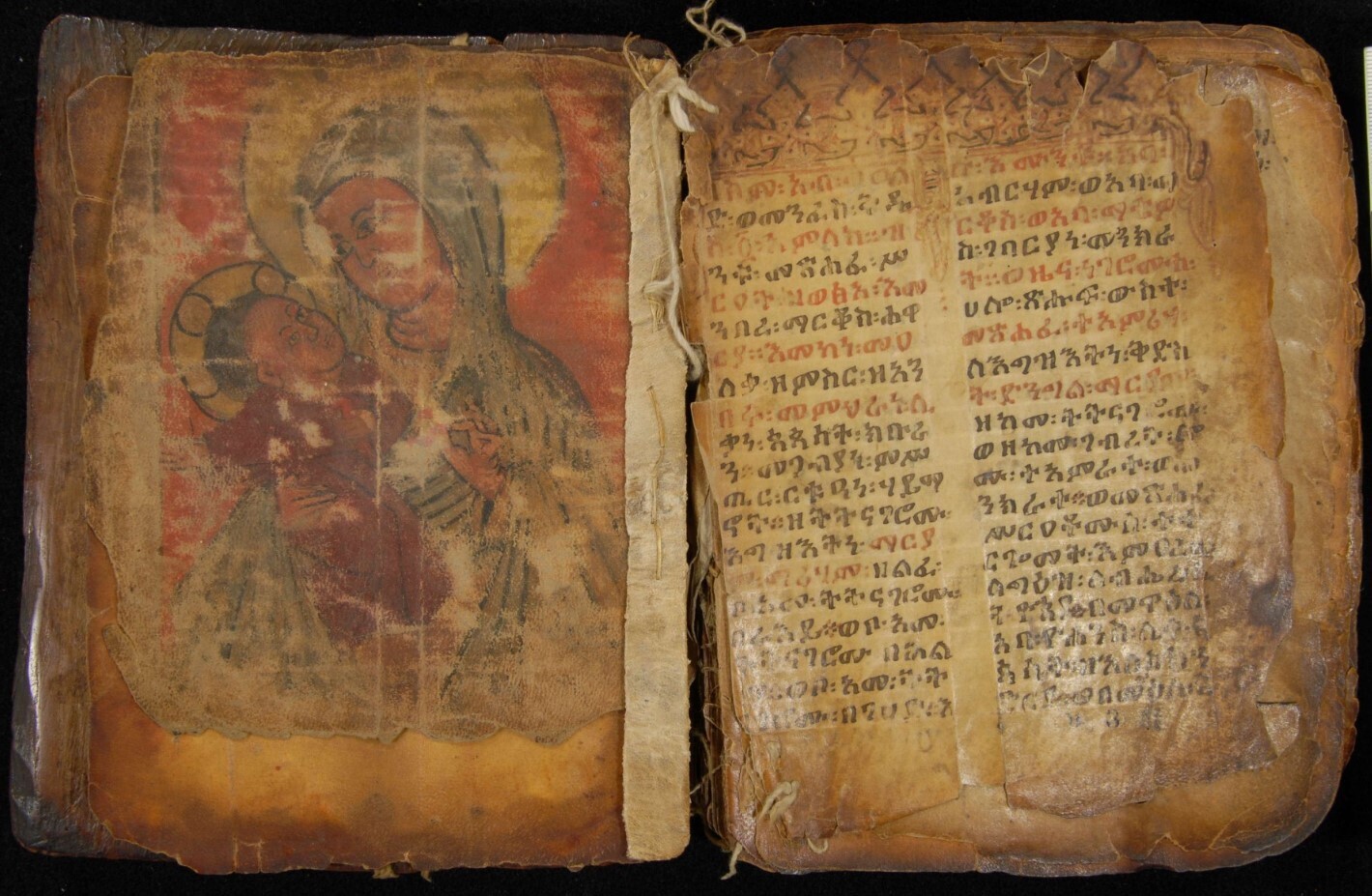
The refrain “The Lord works in mysterious ways” is rarely truer than it is in the Ethiopic “Miracles of Mary.” These stories about Mary’s actions in the world, both during her earthly life and after, reveal that divine grace and justice are often achieved in the most unexpected fashions. And sometimes, animals and the natural world are key characters and the chosen instruments of grace and judgement.
Miracles of Mary
These accounts about Mary’s life and miraculous deeds were composed and shared in the Levant and Egypt before the 600s CE. Authors such as John Moschus began to collect these stories into volumes, and the compiled volumes made their way to Europe and the Catholic West, where they rose in popularity during the 1100 and 1200s. The stories were then translated into and composed in French, Latin, and other European languages. They were collected and expanded upon for use in sermons.
Then, by the late 1200s, these stories made their way back to Egypt and the Levant, where they were translated into Arabic. Miracles of Mary manuscripts copied in Arabic have been found in collections in Egypt, Turkey, Iraq, and Syria.
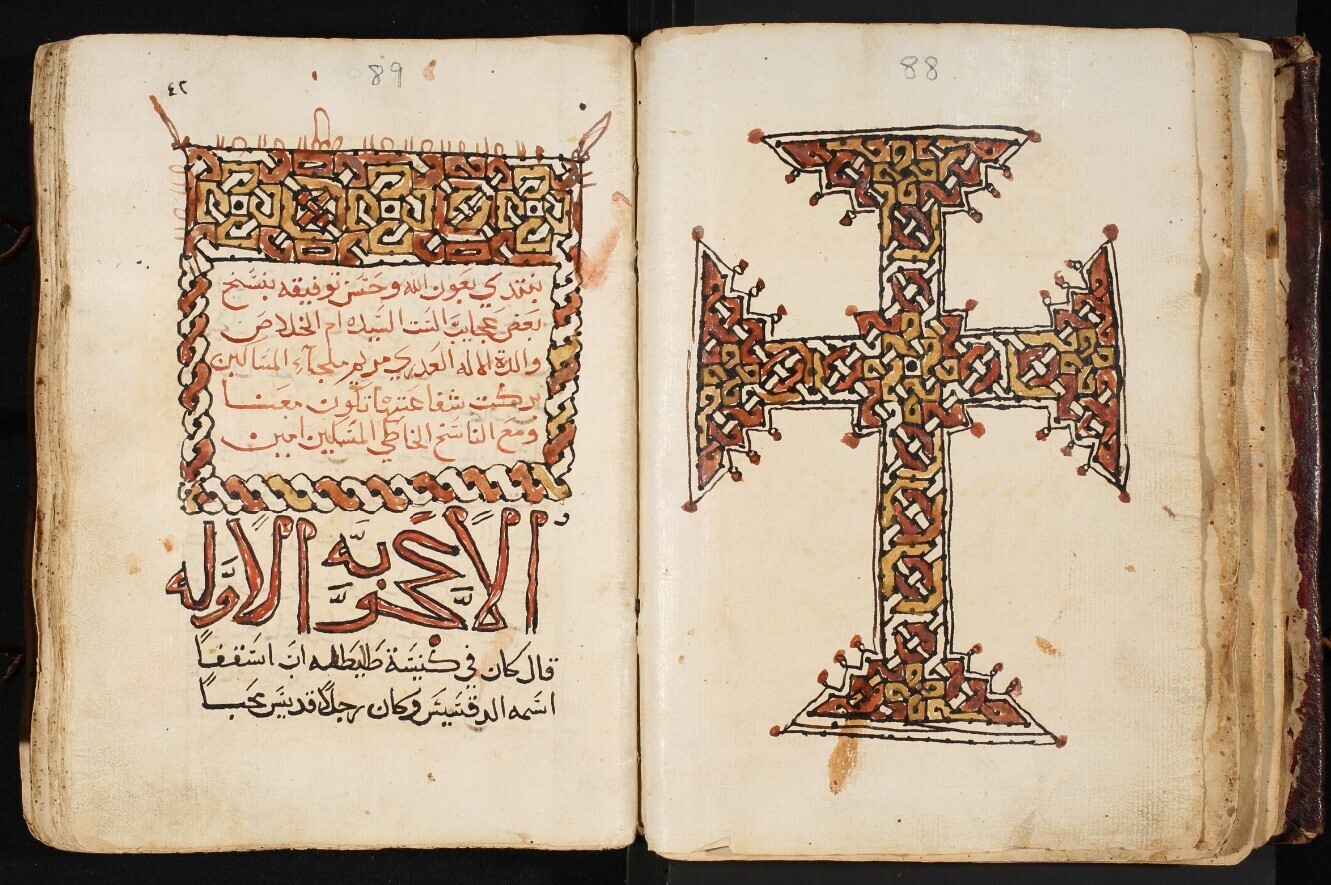

The stories in Arabic journeyed from Egypt to Ethiopia, where they were translated from Arabic into Ge‘ez by the year 1400. The Miracles of Mary quickly gained popularity in Ethiopia after the religious reforms of Emperor Zar'a Yā'eqob (reigned 1434–1448), who increased the veneration of Mary in the liturgy and church calendar. This led to a creative expansion in Ethiopia and Eritrea, where the initial collection of fewer than 100 stories grew to over 1,000 Miracles of Mary by the end of the 20th century.
The Ethiopic Miracles of Mary (ተአምረ፡ማርያም) portray the Virgin Mary as God’s agent of mercy. These stories explore themes such as healing, protection, resurrection, care for children, provision for daily needs, miraculous journeys, and monastic life. A common element of these miraculous wonders is that Mary provides grace to those who ask it of her. But, in tension with the grace that Mary provides is the divine judgement levied on those who do not call upon her.
This tension is on display in the story of the Travelers saved from crocodiles, where several animals feature in the tale. The annual flood of the Nile sets the scene for a miracle where crocodiles, camels, and sheep all have a role to play as instruments of grace and judgement.
What follows is an illustrated telling of this story, which was recently translated for the Princeton Ethiopian, Eritrean, & Egyptian Miracles of Mary Project by myself and Dawit Muluneh with Wendy Laura Belcher. The translation is based off manuscripts in the collection of Biblioteca Giovardiana in Veroli, Italy (etiopico 1, fol. 24rv) and the collection of Bēta Golgotā Church in Wallo Province, Ethiopia (EMML 6938, fol. 39v–40v).
“Travelers saved from crocodiles,” read by Dr. Jeremy R. Brown
Travelers Saved from Crocodiles
A miracle happened in the holy monastery of Dabra Qalamun, during the period when many miracles were being performed by Our Lady Mary, the Holy Twofold Virgin, the Mother of God.
She would appear through the icon inside the holy monastery of Abba Samuel of Qalamun, especially for the Arabs who lived nearby. One day, three of these Arabs went to the land of Rif in Egypt, while the Nile waters were very high and its waves were crashing. These three entered the water, to float across and accomplish what they had set out to do.
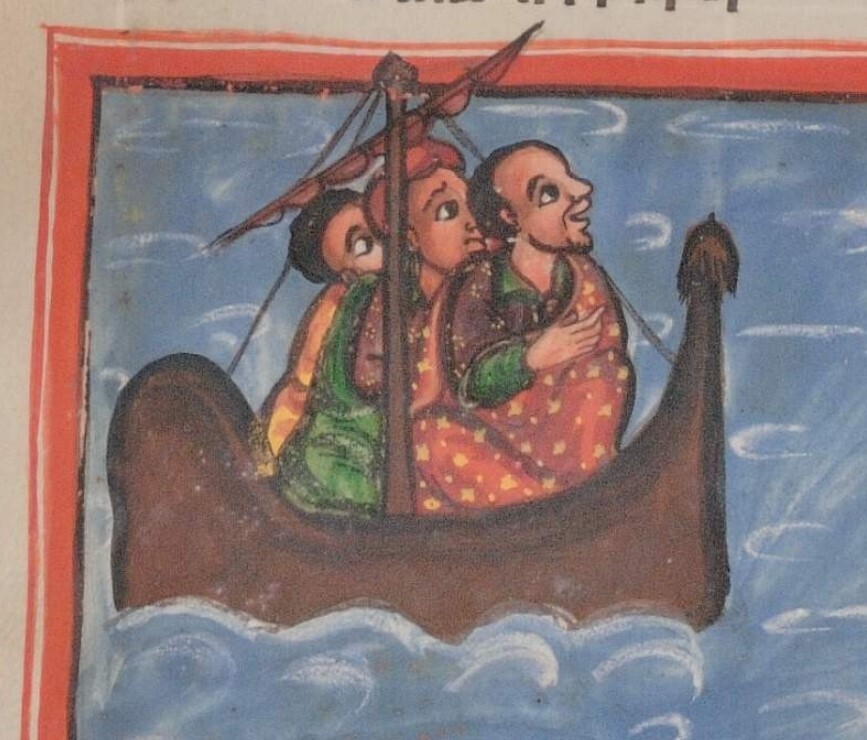
However, the floodwaters and the waves overpowered them. They were unable to remain afloat and the waves sought to drown them.
These men prayed for rescue. Yet, after they finished praying, according to the tradition of their fathers and their faith, they still were not rescued.
Despairing for their lives, one of them declared, “Dear Mary of Dabra Qalamun! Through your intercession, save me right this moment from drowning! If you save me, then I will give a camel loaded with dates to feed the monks of your church in Dabra Qalamun. From then on, that camel will belong to the monastery, so that it can carry the monks’ provisions until its death.”
He said all this because he had gone to the monastery previously and had seen the miracles there with strong belief and a joyful heart.
The one who was next to him agreed and, said, “Yes, you have remembered her great power correctly.”
But then their friend heard what they said and laughed at them, saying, “You dogs, why have you abandoned your faith and begged for mercy from Mary?”
As soon as he said this, he sank down into the sea. Then a timsah, that is, a crocodile, chomped onto that man and brought him back up to the surface, gripping that man in his jaws, to reveal the miracle.

His two friends saw this happen.
Then, because both of them had prayed to Our Lady Mary, the Twofold Virgin, Mother of God, they came across a big rock. They stood on top of it, in the middle of the floodwaters.

Suddenly, a boat arrived, which happened to be passing by, and the two climbed aboard.
After they had boarded, they told all of the Christians in the boat what had happened to them.
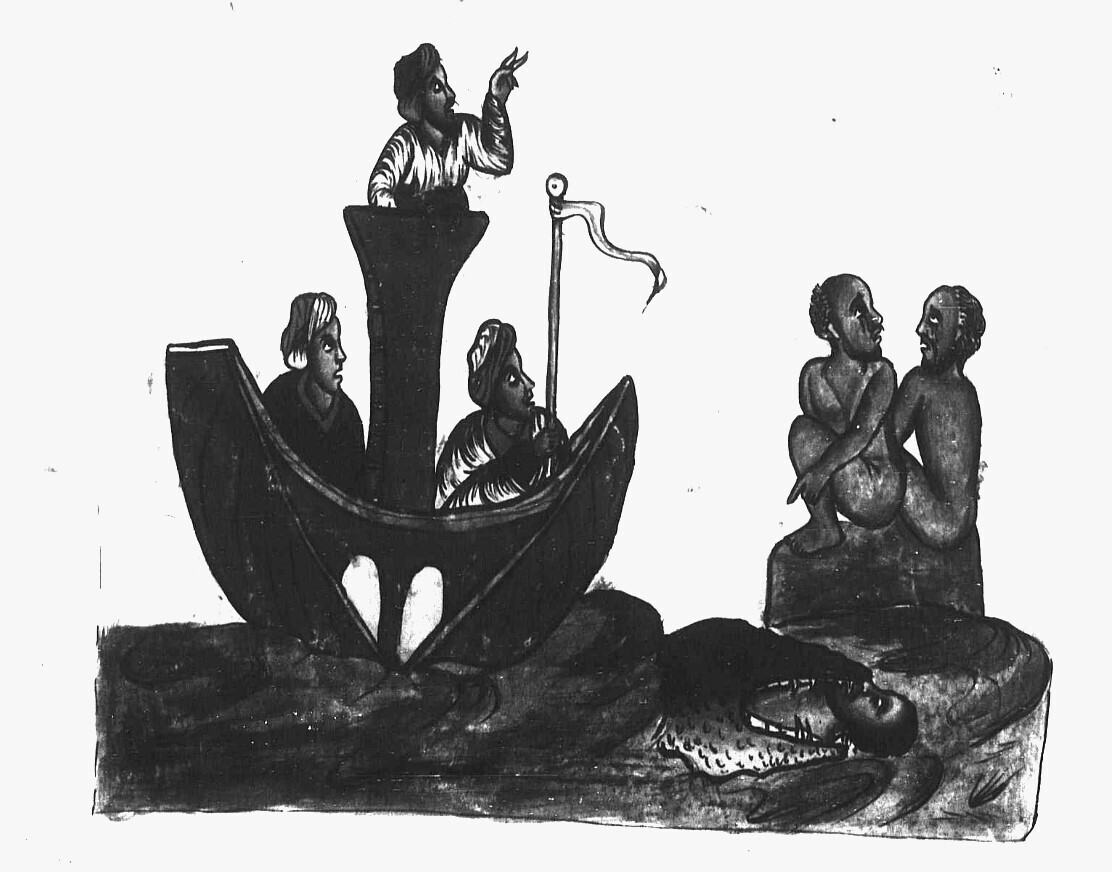
After they reached the harbor, the farmer [that is, the rescued man who first prayed to Mary] left, went home, and got his very best camel.
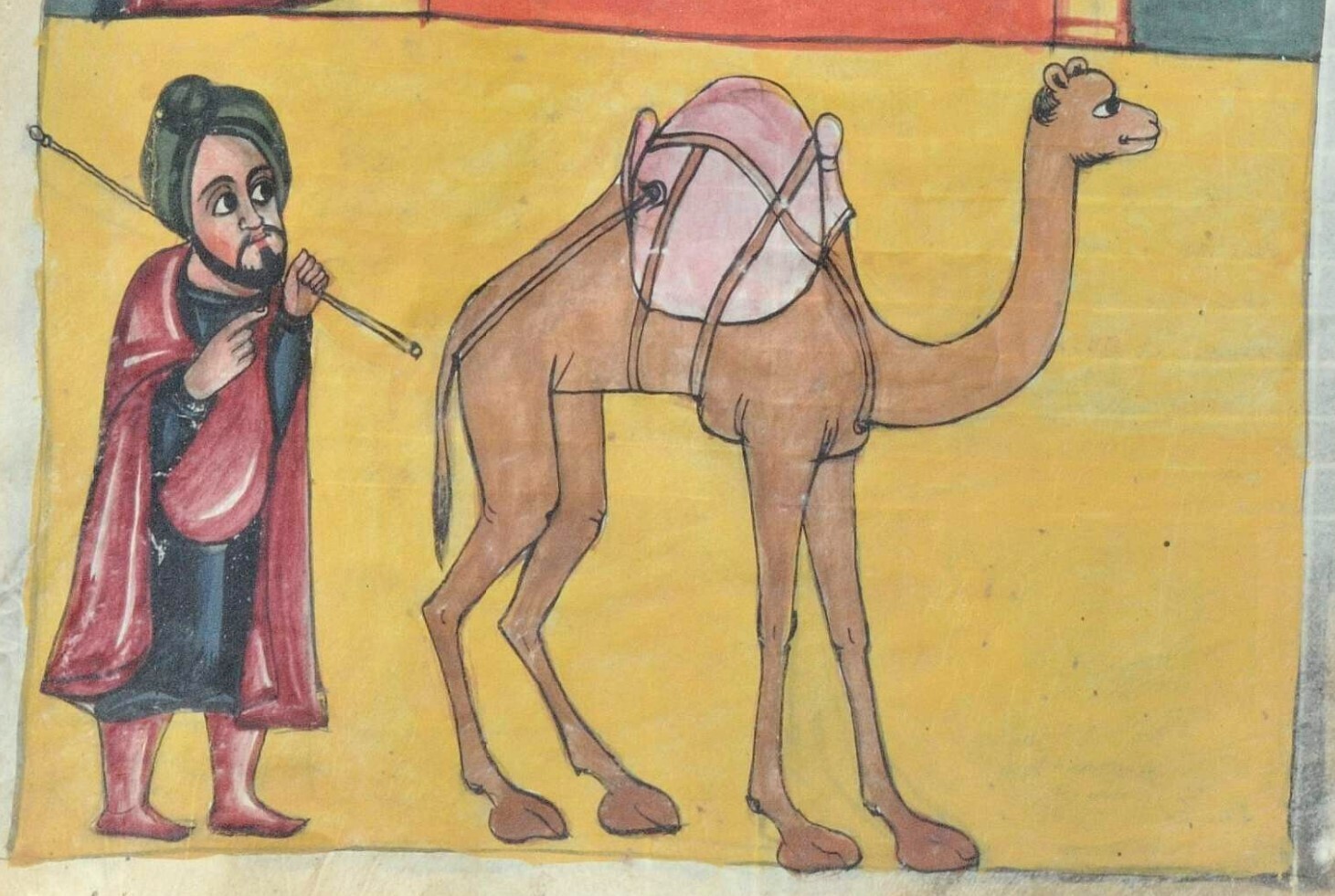
After he loaded the camel with dates, he brought it to Solomon, the Abbot of Dabra Qalamun, and all of its monks.
The rescued man told them everything that had taken place.
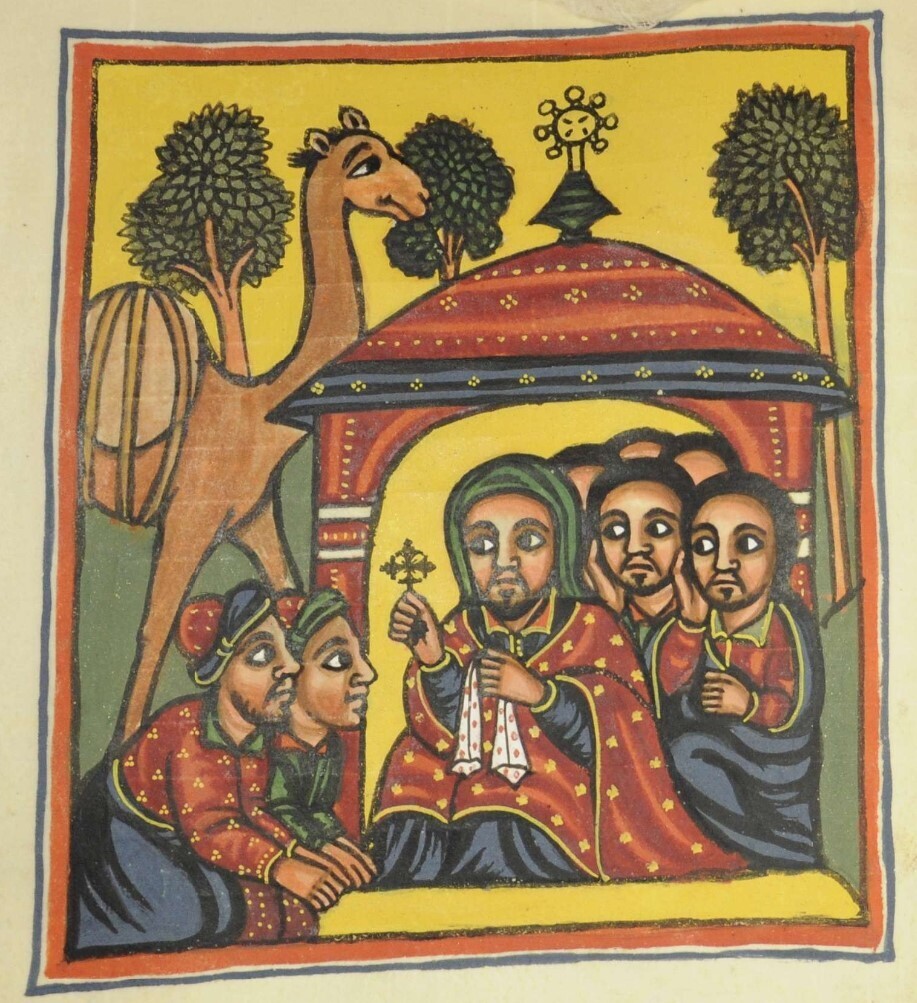
Meanwhile, his friend [the other rescued man] had a lot of sheep and went home and sheard them of all their wool. He also brought it to the monks of Dabra Qalamun.
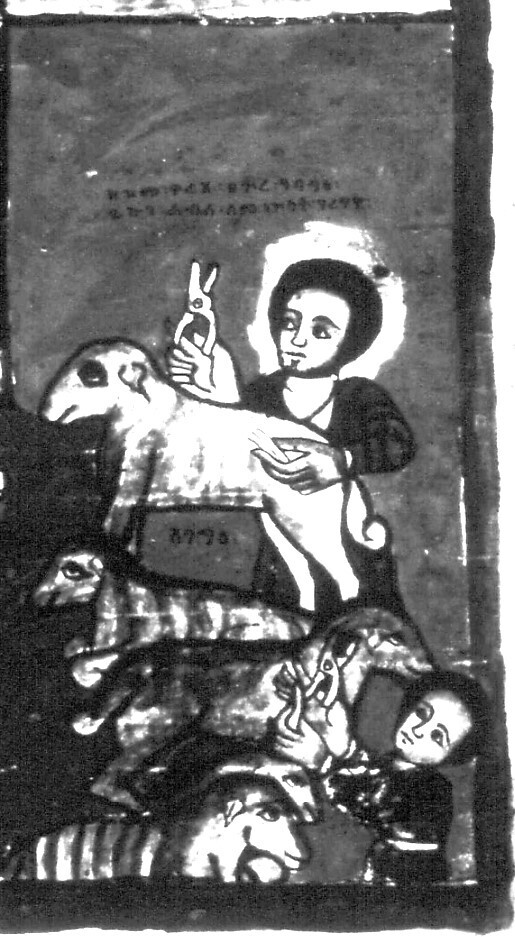
He said, “Dear monks, take this wool and make clothes for yourself, such as qamis [monks’ habits]. I’ve done this for the sake of Our Lady Mary, the Twofold Virgin, Mother of God, who saved me from drowning.”
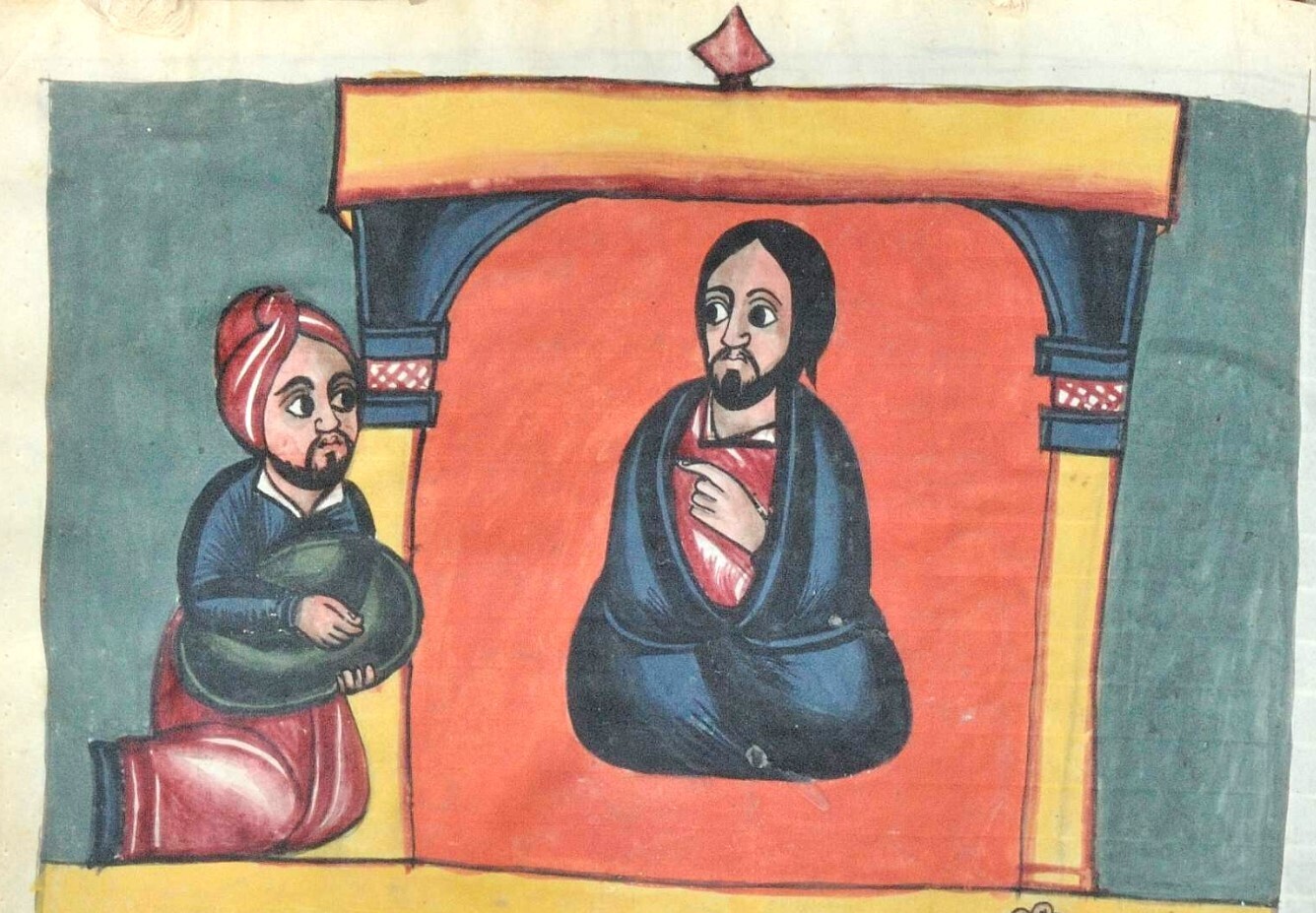
When the monks heard his story, they worshiped God and fervently praised Our Lady Mary, the Twofold Virgin, Mother of God.

